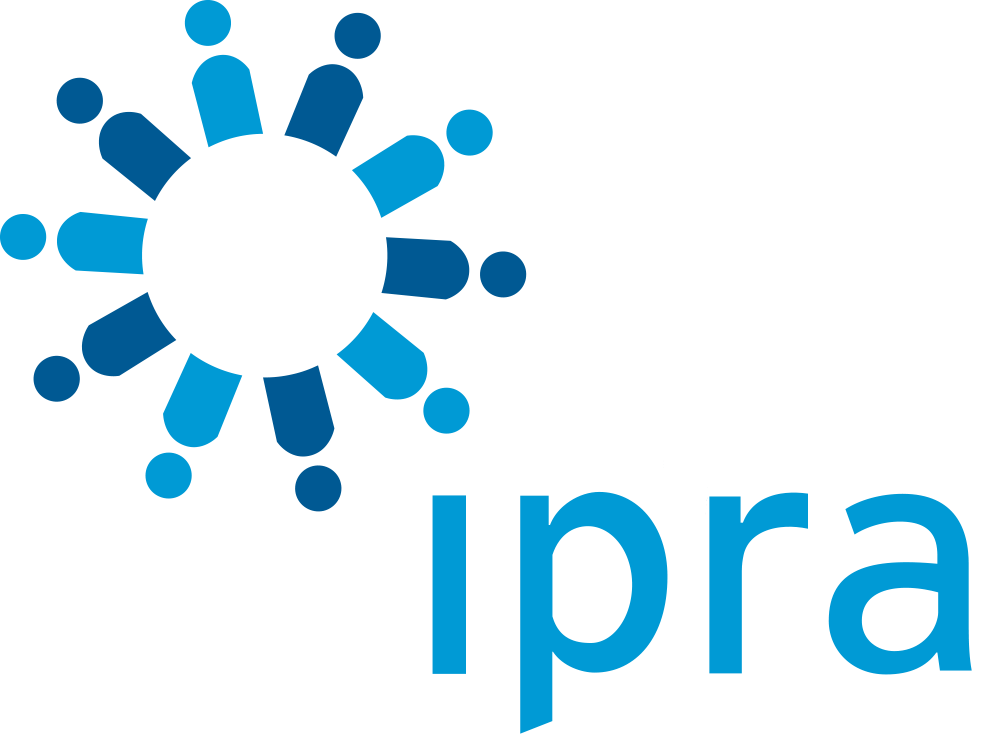ITL #347 - Social permitting: strategic communications and the path to development
4 years, 8 months ago
(Comments)
Lack of public trust in energy infrastructure projects presents a big challenge. By Jeff Risley.
The energy industry has a public perception problem. An Ernst & Young (EY) 2017 study that included public perceptions of energy gave the industry a black mark on trust.
For energy developers and their counterparts in public affairs and corporate communications, this is a serious challenge. In short, leadership is enthusiastic about its infrastructure project. Plans and schedules are made. The green light is given.
However, without public approval, the infrastructure project may be slowed or even ground to a halt as key stakeholders raise issues. With public approval, the project can proceed on time and on budget. Having public approval is easier, faster and more affordable than not having it.
What if there was a way to both earn public trust and deliver on business goals for infrastructure projects?
The roots of social permitting
Social permitting traces its roots to the term ”Social License to Operate,” which was coined in the late 1990s by a mining executive named Jim Cooney. He used “social license” as a metaphor to describe that social acceptance of mining is as vital as its legal licensing.
Robert Boutilier, Ph.D., who has extensively researched social licensing, brought forth a working theory involving a stakeholder approach. By surveying and measuring stakeholder views, Boutilier was able to come up with four realizations:
1. Stakeholder perceptions impact what happens in local jurisdictions, often as much as laws or regulations on the books.
2. The “public” is not rational and/or logical, and they broadly distrust governments and other traditional institutions.
3. Stakeholders decide what is important and what can be ignored, and stakeholders have the power to stop a project or let it proceed.
4. Companies don’t get to decide who their stakeholders are, but they do get to decide which stakeholders they prefer to engage with.
Social license to operate opened the doors to understanding the value of community support. You can have a license to mine, but unless you also have social acceptance, your mining project may not go as planned. Viewing society as stakeholders with shared and individualized points of view empowers companies to think more strategically.
What’s needed is a proven strategy for winning hearts and minds. This way, infrastructure projects can go from start to finish, on time and on budget.
Social permitting defined and why it matters
Social permitting builds on both social license to operate and stakeholder theory. It’s a defined process designed to secure the public’s approval for a project, operation or presence, even if it’s not technically or legally needed.
For energy projects that have development plans in place, social permitting addresses a significant potential roadblock — the general public and key stakeholders.
Social permitting programs deliver three key benefits:
1. Engages key stakeholders. Doing so early enables you to set the agenda, define and control the conversation and minimize and isolate opposition, as well as obtain input, buy-in and consent from the community.
2. Changes perceptions. A social permitting program not only can shift perceptions from negative to neutral but also to positive, from opposition to true support, from annoyance to advocacy.
3. Leverages stakeholder input. Real conversation with stakeholders is where input can be gained to potentially make the plan even better.
Know what’s at stake with stakeholders
Not all stakeholders are created equal. A certain percentage will consent with minimal effort. Another percentage will be opposed no matter what is said or done. The undecided middle is where focused efforts win hearts and minds. Where do you begin? You look for issues that shape stakeholder opinion.
The more research conducted and time spent understanding stakeholders, the better the result in communicating and collaborating with them.
Only your organization and team can determine what’s at stake with stakeholders. Can you afford delays due to opposition groups? If it costs millions to delay, it’s a smart business decision to invest in a social permitting program designed to earn public trust and win the approval of critical stakeholders.
Tactics to engage stakeholders
While every social permitting program designed for an infrastructure project is unique, here are a handful of tactics that are frequently called upon for stakeholder engagement:
1. Open houses
An open house is an invitation to come in and experience what is inside. They work for selling houses as well as selling ideas. The open house is where you’ll exhibit details of the project and be on hand to answer questions. Online registration, event check-in via iPad and other technologies help develop lists and profiles of stakeholders.
2. Landowner cluster meetings
Landowners are often the most outspoken stakeholder group — for better or for worse. In small group meetings, you can give landowners a chance to speak up. Listening goes a long way with landowners, and what you learn will be an invaluable addition to the social permitting program.
3. Email/text campaigns
Email and text are great ways to communicate with stakeholders about project developments. Email offers the opportunity to convey longer messages, while texting provides immediacy that fits well with grassroots efforts.
4. Advertising
Paid media outreach, social advertising and search advertising enable programs to reach targeted stakeholders, expand community reach and focus messaging on geo-centric audiences and personas.
5. Grassroots campaigns
There is no substitute for having boots on the ground. Street teams and spokespersons visit coffee shops, speak at events and meet one-on-one with elected and public officials. The word on the street speaks most clearly about views of stakeholders.
6. PR/media relations
Infrastructure projects impact the community, so media outlets are looking for stories. Savvy PR carries the day with initial outreach and deskside briefings. Reporters and editors will do the homework, but appreciate when you make their jobs easier.
Tactics vary based on the infrastructure project and the social permitting program, but in the end, these programs can save companies money, time and frustration. It can help projects get off the ground faster, proceed smoother and win a positive story.

The Author
Jeff Risley
Jeff Risley, Chief Strategy Officer, Saxum has 27 years of experience in marketing, business development, strategy, consulting, sales, organizational growth, project management and relationship building. Saxum, an integrated marketing communications agency with offices in Oklahoma City, Tulsa and Houston, is a partner in IPREX, the global communication platform.
mail the authorvisit the author's website
Forward, Post, Comment | #IpraITL
We are keen for our IPRA Thought Leadership essays to stimulate debate. With that objective in mind, we encourage readers to participate in and facilitate discussion. Please forward essay links to your industry contacts, post them to blogs, websites and social networking sites and above all give us your feedback via forums such as IPRA’s LinkedIn group. A new ITL essay is published on the IPRA website every week. Prospective ITL essay contributors should send a short synopsis to IPRA head of editorial content Rob Gray emailShare on Twitter Share on Facebook


Comments